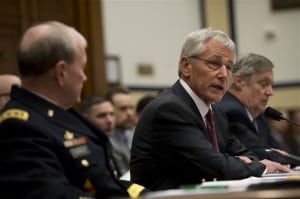
Even before the Defense Department released its Quadrennial Defense Review (QDR), lawmakers had already threatened to reject it--and they followed through on their threats as soon as the report was release with the budget on March 4. House Armed Services Committee Chairman Buck McKeon (R-Calif.) announced on March 4 that QDRs have become less compliant over time and, as a result, he would introduce legislation to require the department to rewrite and resubmit the report to Congress. “A rigorous analysis…













